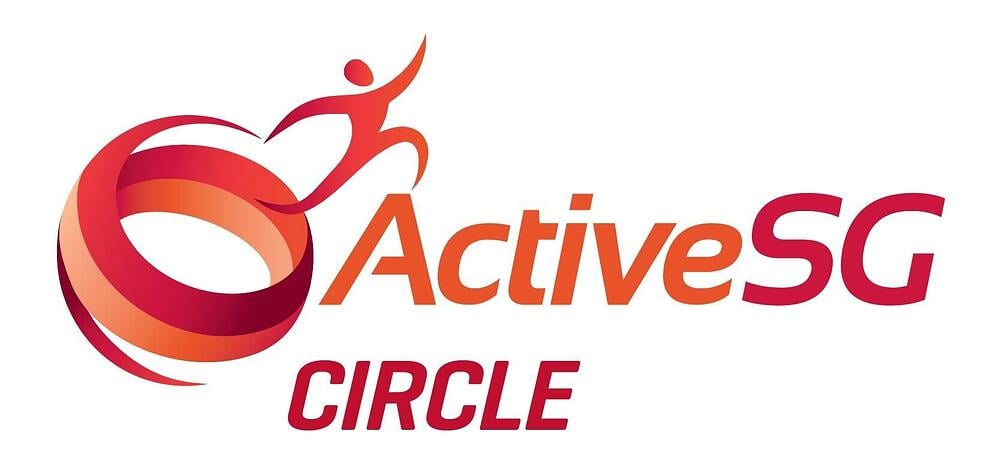This learning journey is supported by the Sport Nutrition Team at Singapore Sports Institute.
Calorie balance is when calorie input is equal to calorie output.
The concept of calorie balance is one that could get pretty confusing, so let’s break it down. Calorie input represents calorie intake from food and beverages, whereas calorie output comprises of energy used for these general purposes such as:
1) Basal metabolism: Some processes that utilize this energy include the beating of heart, lung respiration, and activities required for the functioning of vital organs.
2) Thermic effect of food: Energy used by the body to digest food, absorb nutrients and metabolize nutrients
3) Physical activity
Calorie deficit occurs when calorie output is greater than calorie intake. Conversely, calorie surplus arises when calorie intake is greater than calorie expended. Creating a calorie deficit can help with weight loss in the long run. Here are a few things you should know to help you achieve a calorie deficit:
#1: Calculating Calorie Intake (Input)
An easy way to calculate and track calorie intake is to download mobile dietary applications such as MyFitnessPal on your iPhone or Android. Alternatively, you can also do a manual calculation of your calorie intake if you know the amount of protein, fat, carbohydrates, and/or alcohol a food or beverage contains.
|
|
Number of Calories (kcal) per 1 gram |
|
Carbohydrate |
4 |
|
Protein |
4 |
|
Fat |
9 |
|
Alcohol |
7 |
For example, a piece of bread that contains 15g carbohydrates, 3g protein, and 1g fat contains:
(15g carbohydrate X 4kcal/g) + (3g protein X 4kcal/g) + (1g fat X 9kcal/g) = 81kcal
#2: Estimating your energy needs (Output)
Your different daily activities determine how much calories you are burning throughout the day. Someone doing a desk job will burn less calories as compared to a car mechanic. Hence it is important to get a rough estimate of how many calories you are burning on a daily basis.
Several methods can be used to measure energy requirements. An inexpensive and easy way to estimate energy needs is to use predictive energy equations. The Harris-Benedict formula is one equation that can be used to calculate your energy needs:
Men: 66.5 + (13.8 x weight in kg) + (5 x height in cm) – (6.8 x age in years) x Activity level factor
Women: 655.1 + (9.6 x weight in kg) + (1.9 x height in cm) – (4.7 x age in years) x Activity factor
Activity Level Factor:
|
Activity Factor |
Activity |
|
1.2 |
Does little to no exercise |
|
1.37 |
Slightly active person who does light exercise 1–3 days a week |
|
1.55 |
Moderately active person who performs moderate exercise 3–5 days a week |
|
1.725 |
Very active person who exercises hard 6–7 days a week |
|
1.9 |
Extra active person who either has a physically demanding job or has a particularly challenging exercise routine |
Take note that this is just an estimator, values might vary depending on which predictive equation or online calculator you use to calculate your energy needs. For me, I find this equation accurate based on my personal experience.
#3: Putting it together
Weight loss takes time. It is important to set realistic goals. The general recommendation for weight loss is to aim for 0.5 to 1kg weight loss per week. As a general rule of thumb, by creating a 500-calorie deficit daily, either through reducing dietary intake by 500 calories, or by burning extra 500 calories via increased physical activity (or a combination of both), allows you to lose about 0.5kg of weight per week.
- ↓ Calorie input - Calorie output = Calorie deficit
- Calorie input - ↑ Calorie output = Calorie deficit
- ↓ Calorie input - ↑ Calorie output = Calorie deficit
Summary
In summary, there is no “fast track” to lose weight. You can technically lose weight fast by drastically decreasing your calories through extreme dieting and/or exercise but that is not advisable. There will be a negative effects on your bodily functions and your organs in the long run. Fitness is not a race or a competition, everyone has their own individual journey. Do not succumb to social norms and pressure to achieve something fast without knowing the negative impact on your health. Fitness is a marathon, not a sprint.
The article is based on the research of our YouthCreators.
Content by: Bryan Phang
https://www.bodybuilding.com/author/ben-creicos. (2020, April 8). What Is Your Body Type? Take Our Test! Bodybuilding.Com. https://www.bodybuilding.com/fun/becker3.htm
Vann, M. M. R. (2010, May 26). Calories: How to Know if You Go Too Low - Weight Center - Everyday Health. EverydayHealth.Com. https://www.everydayhealth.com/weight/can-more-calories-equal-more-weight-loss.aspx
Fletcher, J. (2020b, January 1). Calculating how many calories are burned in a day. Medicalnewstoday.Com. https://www.medicalnewstoday.com/articles/319731#calculating-how-many-calories-are-burned-in-a-day
Weight Loss Tips: Sample 1,200 Calories Meal Plan. (2020). Retrieved 2 October 2020, from https://www.healthxchange.sg/Pages/CatalogItem-Health-Sections.aspx?TermStoreId=150d80a0-5d76-4adb-8a10-0d293618625b&TermSetId=af57dbb9-fbb1-4981-9862-b3026b035d3b&TermId=e73a2277-bf5f-4767-beaa-bf3aa51368b7&UrlSuffix=weight-loss-tips-sample-1200-calories-meal-plan
Basal Energy Expenditure. (2020). Retrieved 2 October 2020, from http://www-users.med.cornell.edu/~spon/picu/calc/beecalc.htm










%20(1).png)